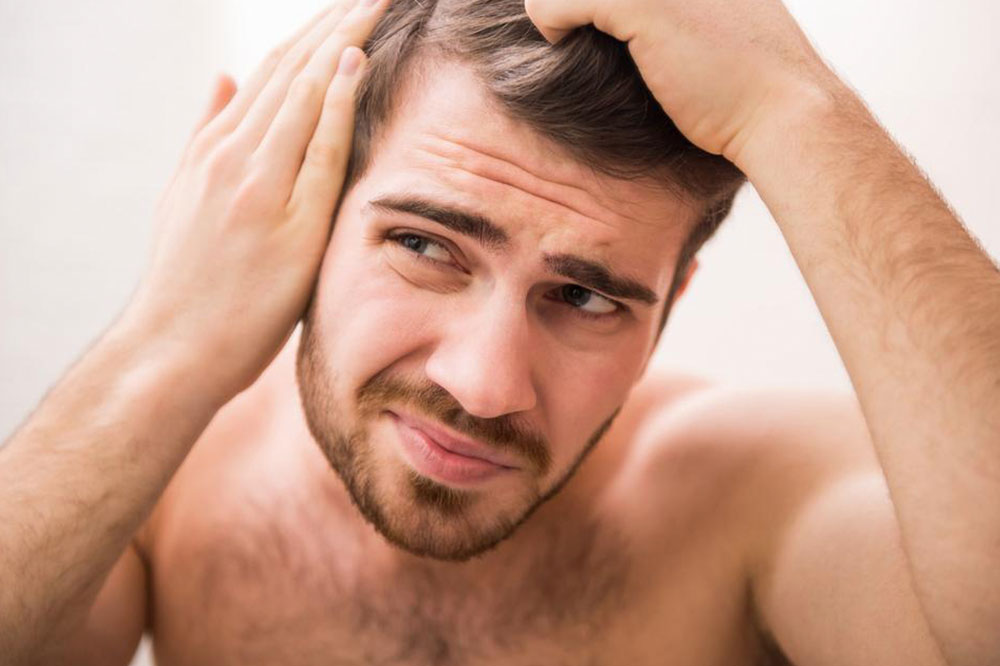
Early Symptoms and Treatment of Male Pattern Baldness
Male pattern baldness affects nearly 50% of the male citizens who are over the age of 50. It is the most common form of hair loss in men and occurs gradually over a long period of time in most cases.
Though it causes a great deal of distress in the early stages, most men get reconciled to it as they grow older. Some of the most famous world figures who boasted a bald pate include William Shakespeare, Winston Churchill, and Sean Connery.
Studies show that there is no exact age when the process starts and it can vary greatly even in families. The risk is presumed to rise at the rate of 10% per decade of your life, beginning in the early 20s and rising to its peak at 50.
Medical science has yet to find a complete cure, nor is there enough information on prevention. However, knowing more about the early symptoms and treatment of male pattern baldness helps people to cope better with the condition. It also helps to slow the process down and gives you more opportunities to try new treatments available in the market.
Early symptoms of male pattern baldness
- Excessive Shedding
Human hair sheds normally at the rate of about 100 a day. If you notice too many strands on your brush/comb, lying on your pillow or in your shower drain-covers, it’s time to take note. - Itchiness
Though this symptom is not directly connected to male pattern baldness, scratching or rubbing an itchy scalp too hard, often can damage already weak follicles, leading to quicker hair loss. Consult a dermatologist to address the underlying cause of itching such as dermatitis, allergies or skin infections. - Receding Hairline
You may notice that combs/brushes work too easily into your hair. Thinning of hair around the temples and broadening of the forehead are signs of a receding hairline typical of male pattern baldness, resulting in the characteristic M-shaped hairline. - Exposed Scalp
Thinning of the hair on the crown and along the parting are sure signs of hair loss.
Treatments for male pattern baldness
- Prevention
Be more gentle with your hair and avoid pulling it back into tight ponytails or knots. Regulate the use of shampoos, hot-oil and chemical hair products, avoid using the blow-dryer, or rubbing too hard with a towel. - Stay stress-free
Obsessing about your hair loss, getting depressed, anxious and stressed can cause faster shedding. - Avoid quack remedies
Rubbing cayenne pepper, washing with apple cider vinegar, shaving the head completely to stimulate fresh hair growth, have no effect. Make sure you consult a doctor for lasting solutions. - New Research
The discovery of 5-alpha-reductase inhibitors has revolutionized the hair loss treatment landscape. Propecia/Proscar are the brand names for the generic medicine Finasteride and has shown significant results in most men who have used it. Anti-androgen therapy is useful in many cases. - Minoxidil
This was the earliest medicine to be FDA-approved in hair loss treatment. Topical applications have proved useful in some cases, and it slows down the progression of balding in most cases.
Hair transplant surgery This is considered to be the last resort. This long-term treatment is expensive and requires the services of a highly-trained, experienced surgeon.


